Farmers still reeling from losses after fish deaths
SINGAPORE — Three months after losing about 160 tonnes of fish to plankton bloom and low levels of dissolved oxygen, fish farmers are having a bumpy road to recovery, despite help from the authorities.
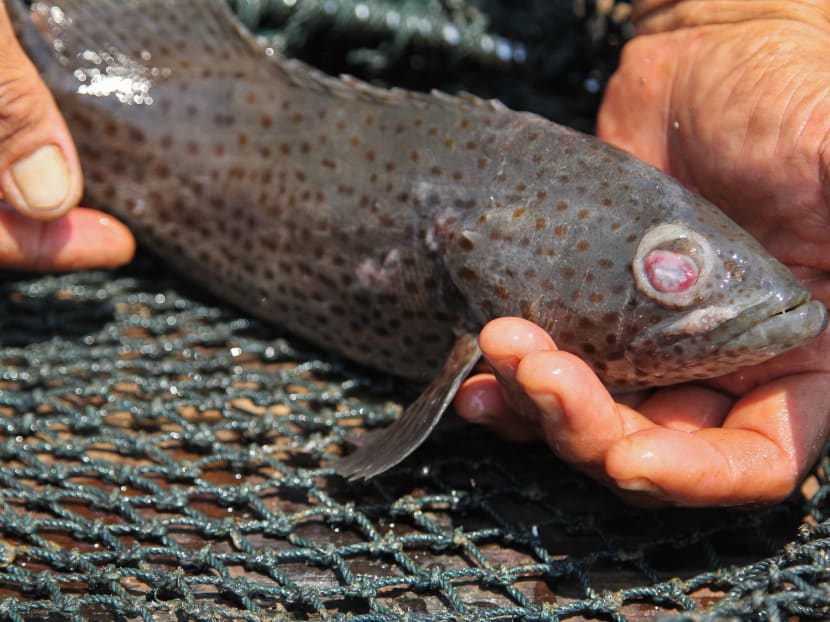
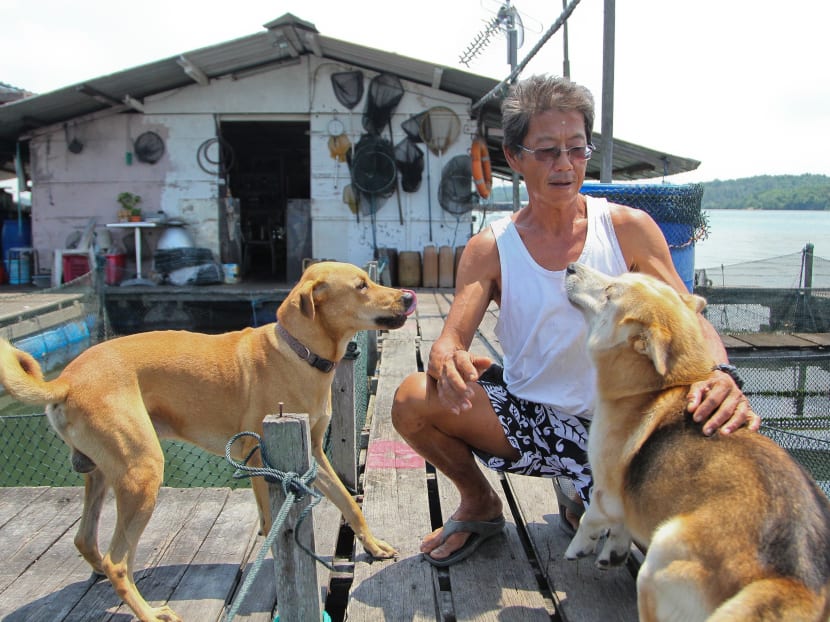
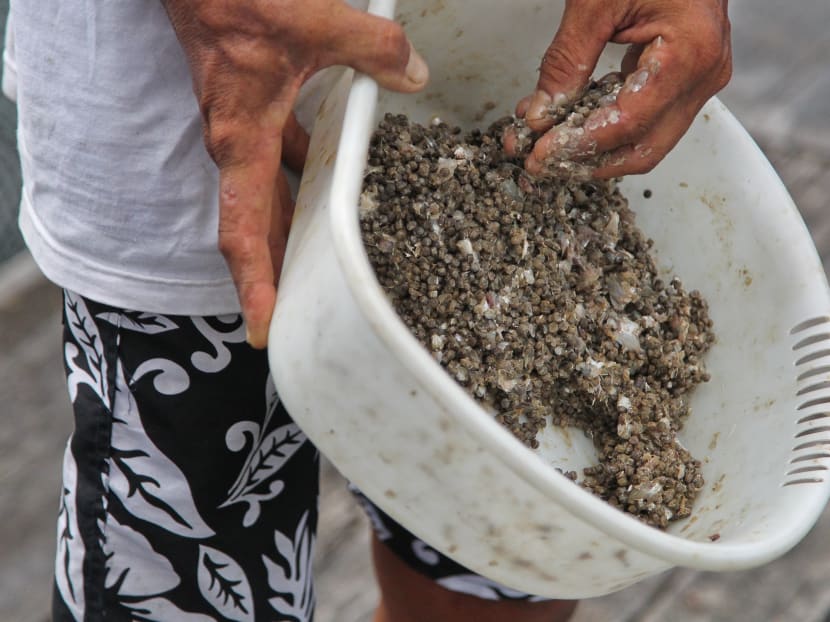
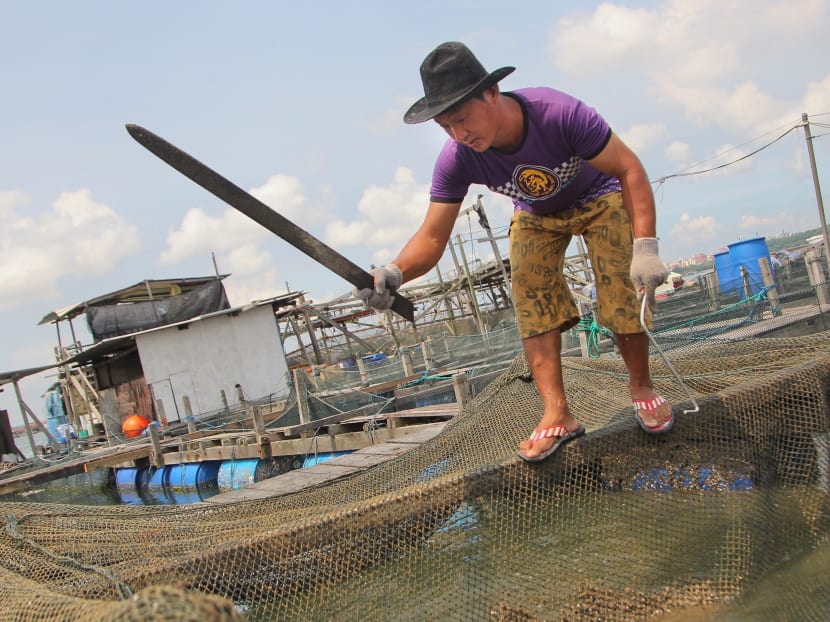
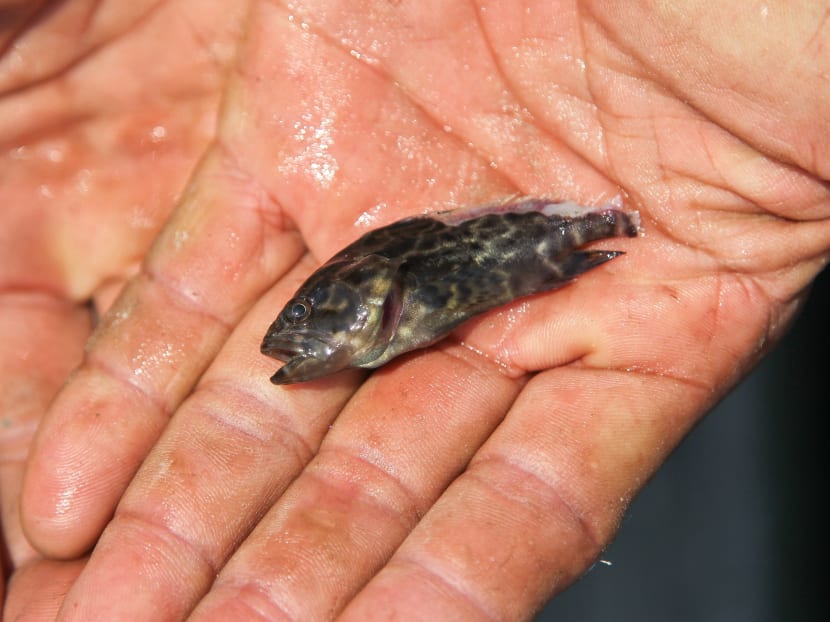
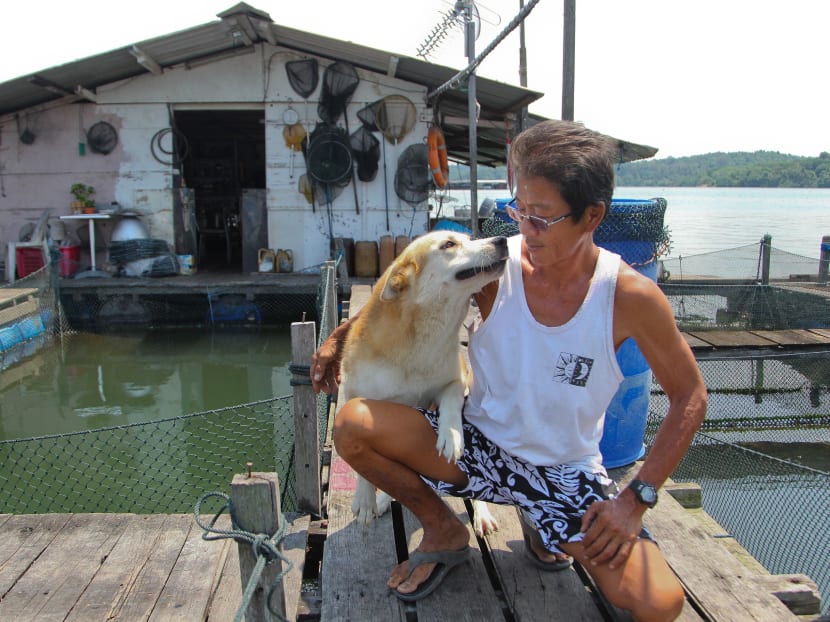
SINGAPORE — Three months after losing about 160 tonnes of fish to plankton bloom and low levels of dissolved oxygen, fish farmers are having a bumpy road to recovery, despite help from the authorities.
In particular, some are looking for more help, in the form of subsidies to buy fish feed, given that it takes from about eight months to over a year before fish can be harvested. The waters off Pasir Ris are also unsuitable for herbivorous species such as mullet and milkfish — unlike those off Lim Chu Kang, farmers in the eastern Johor Strait said.
A 50-year-old farmer who declined to be named, said: “It’s like giving us babies without the milk powder.”
He has turned to driving a taxi for 15 hours a day to cushion the blow of about S$700,000 in losses he suffered in February.
That episode left 34 farms in the eastern Johor Strait and five farms in the west reeling, leading the Agri-food and Veterinary Authority (AVA) to offer to pay 70 per cent of the cost of fry to restock the farms, as well as to buy equipment, including water treatment systems and oxygen generators, to boost resilience in production.
So far, nearly all the affected farms have taken up the assistance package, said an AVA spokesperson.
Since February’s incident, the AVA, which regularly samples waters in the farming areas, said it has not detected plankton or algae bloom, or received reports of abnormalities or mortalities in fish, from the coastal farms.
But five fish farmers contacted by TODAY say water conditions have largely remained sub-par until last week, with some fish — albeit in smaller numbers — still dying. For this reason, some have held back on farming, said Mr Phillip Lim, chairman of the Singapore Marine Aquaculture Cooperative. Confidence has also been shaken, said Mr Timothy Ng, president of the Fish Farmers Association. “I think the farmers who are hit, you can imagine they would be hesitant, not knowing what to do,” he said. “Going forward, what confidence can they have that things will be okay?”
Although steps to strengthen water quality monitoring have been taken by the authorities — continuous monitoring systems that are accessible online have been installed at some coastal fish farms, for instance — some fish farmers have come up with their own precautions against deterioration in water quality.
Blue Marine Aquaculture owner Joseph Wee uses canvas bags to envelop some of the nets at his farm and throws in solar-powered aerators into these nets to protect his stock. For other nets, he uses lobsters and algae to filter out impurities and reduce the mortality rates of his fish.
The 53-year-old, who lost 95 per cent, or 10.2 tonnes, of his fish in February, also hedges by importing smaller amounts of 4,000 to 5,000 fry and fingerling every three to four months — more ambitious farmers order 10,000 fry at one go.
Mr Lim has been experimenting with mussels to filter out harmful organisms and hopes to collaborate with marine science experts to improve the conditions for aquaculture.
The AVA said it is assisting farmers in other ways such as through its Food Fund, which co-funds the upgrading of production capability of local farms and research. Two fish farms that tapped the fund managed to triple their annual production last year.
For now, the fish farmers seem to be holding on, as the taxi driver-farmer put it: “I cannot find a buyer to sell to and I have invested too much in it.”






